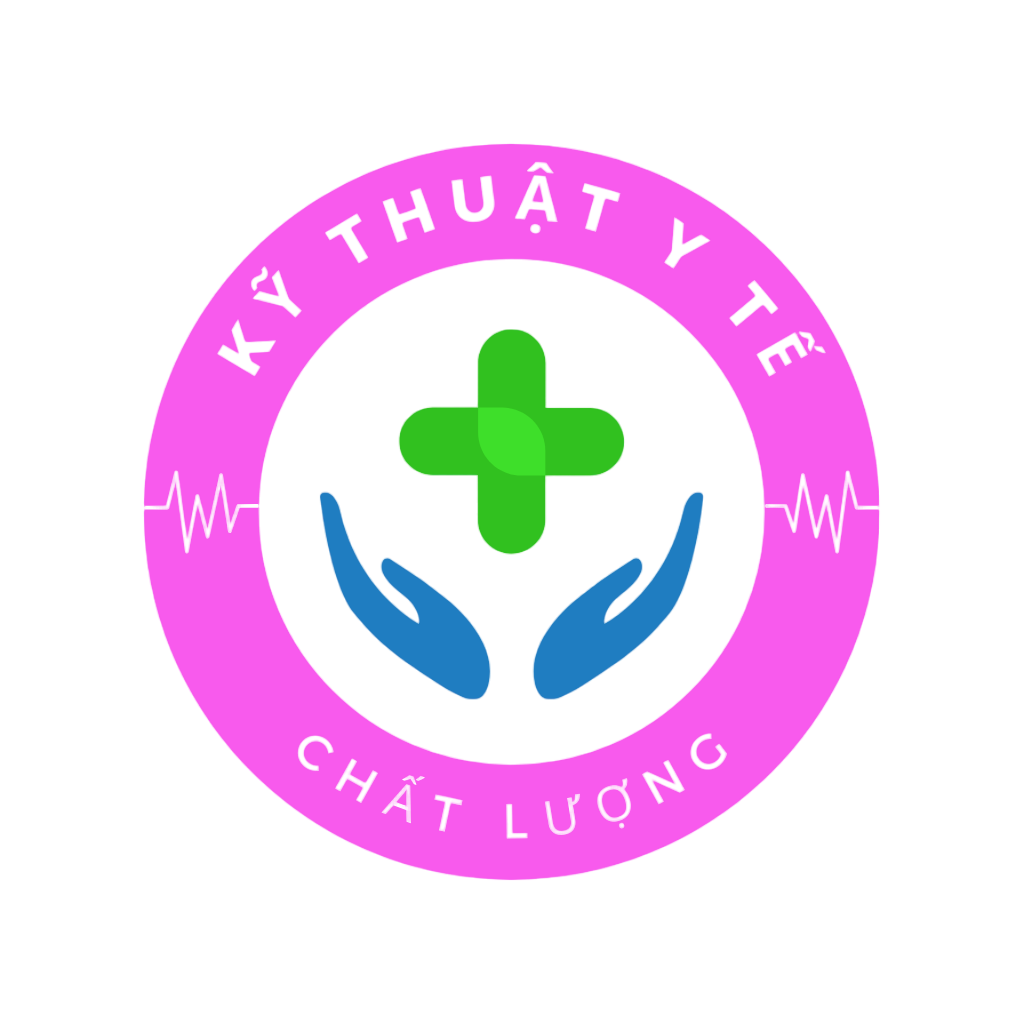international enterprises, telecommunication titans, and innovative sponsorship models. This complex web produced in excess of 4.5B EUR per annum across the 2023-2025 timeframe, via brand investments accounting for 27% of overall earnings per GlobalData’s assessment[1][10][11]. https://income-partners.net/
## Fundamental Financial Foundations
### Elite Tournament Partnerships
Europe’s premier club competition operates as the financial linchpin, securing a dozen international sponsors such as the Dutch brewer (€65M annual commitment)[8][11], the interactive entertainment leader[11], and Doha-based airline[3]. These partnerships jointly generate $606.33M USD per fiscal year via UEFA-managed contracts[1][8].
Key sponsorship trends encompass:
– Commercial spread: Transitioning beyond alcoholic beverages to tech giants like Alipay[2][15]
– Local market engagement deals: Tech-driven advertising solutions across Pacific regions[3][9]
– Female competition backing: PlayStation’s parallel strategy spanning men’s and women’s tournaments[11]
### 2. Broadcast Dominance
Television licensing agreements constitute the largest revenue share, producing 2.6B euros each fiscal cycle exclusively from Champions League[4][7]. Euro 2024’s broadcast rights outstripped historical benchmarks by securing deals across five continents[15]:
– UK terrestrial networks securing historic ratings[10]
– Middle Eastern media group[2]
– Wowow (Japan)[2]
Emerging trends encompass:
– Digital service provider expansion: Disney+ Hotstar’s Asian strategy[7]
– Combined broadcast approaches: Concurrent platform streaming on linear TV and social media[7][18]
## Financial Distribution Mechanics
### 1. Club Compensation Models
UEFA’s revenue-sharing protocol directs the overwhelming majority of profits back into football[6][14][15]:
– Performance-based rewards: Top-performing clubs secure massive payouts[6][12]
– Development grants: substantial annual contributions for lower-tier teams[14][16]
– Territory-based incentives: UK-based participants received over a billion in domestic deals[12][16]
### Member Country Investment
The continental growth scheme distributes the majority of tournament income via:
– Infrastructure projects: Swiss stadium modernizations[10][15]
– Junior development programs: Bankrolling talent pipelines[14][15]
– Women’s football investments: 30% player revenue mandates[6][14]
## Emerging Challenges
### 1. Financial Disparity
The Premier League’s €7.1B revenue substantially exceeds La Liga (€3.7B) and Bundesliga (€3.6B)[12], fueling performance disparities. Fiscal regulation measures aim to mitigate this divide through:
– Salary limitation frameworks[12][17]
– Player trading regulation[12][13]
– Boosted development allocations[6][14]
### Commercial Partnership Controversies
While creating unprecedented commercial revenue[10], numerous club partners are betting companies[17], igniting:
– Public health debates[17]
– Legislative examination[13][17]
– Supporter resistance[9][17]
Progressive clubs are adopting ethical sponsorship models such as:
– Sustainability projects collaborating with eco-conscious brands[9]
– Community outreach programs supported through banking institutions[5][16]
– STEM training alliances alongside software giants[11][18]

Có thể bạn quan tâm
địa chỉ bán túi giấy đựng bánh mì – 0907943434
Xu hướng tranh sơn dầu 2025 – Tối giản, nghệ thuật & cá nhân hóa
Boost Man’s Stamina Permanently Today
5G Nhụy Hoa Nghệ Tây Khô Dạng Sợi hàng cao cấp chính hãng